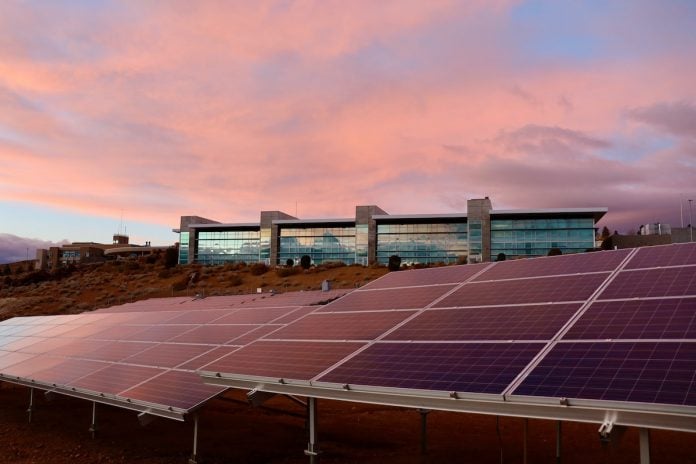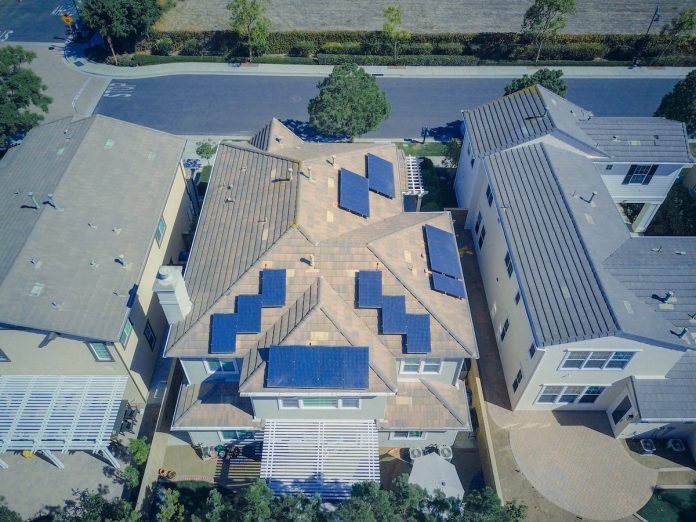Are Solar Feed-In Tariffs Worth It?
Installing solar panels in your home is a smart financial move. It comes with great incentives not just because it offers you a clean and renewable energy source but because the benefits extend beyond this; but are solar feed-in tariffs worth it?
If you’re going solar, you can sell the excess power to the grid via a solar feed-in tariff (or FiT). Here’s what it means.
What Is The Feed-in Tariff In Solar Power?
A feed-in tariff is a policy that allows you to sell the excess power from your solar system back to the grid. Solar feed-in tariffs are government policies that will enable households and small businesses with renewable energy sources—like solar panels or wind turbines—to produce electricity and sell it back to their local utility at a pre-determined rate. If you live around Victoria, you should read this article to discover the best solar feed-in in Victoria, which is usually about 20 cents per kilowatt-hour.
Feed-In Tariffs Help Cover The Costs Of Solar Power Systems
If you don’t want to take a loan or pay upfront for solar power, you can opt for a feed-in tariff (also known as FiT). Your electricity provider will pay you for the power your system generates and sends back to the grid with this option. In other words, you can use free electricity from the sun to offset what you pay for utilities each month.

How Does The Payment System Work?
Feed-In Tariffs are generally paid in one of two ways: through a tax credit or an energy bill credit. The former option offers more money upfront but requires that you be profitable enough to pay taxes on your income. This is usually only applicable if your household makes at least $50K annually. This means the electricity company will pay you a fixed amount so that you can pay taxes on the income.
The latter allows homeowners who don’t make enough money yet still want solar panels installed on their homes without immediately dealing with any additional costs associated with purchasing them outright. However, they won’t receive as much money per kilowatt-hour (kWh) of energy generated by their panels because there aren’t any taxes associated. Instead, they’ll be paid based on what they export from their homes.
Feed-In Tariffs Allow You To Sell The Excess Energy
The system is a power purchase agreement (PPA) since you’re selling the excess energy your solar power system produces back to your utility company. When installinga solar power system and using feed-in tariffs, the utility will buy all or part of your electricity at a fixed rate for years. Each year, they’ll pay you for the kilowatt-hours (kWh) that you produce during that calendar year.
The Idea Behind Feed-In Tariffs Is Simple:
Incentivize homeowners to install solar panels by offering them an additional source of income from selling their excess energy back to suppliers at market prices. Most states have net metering policies, which require utilities and power companies to buy energy from energy consumers over the spot market.
Net metering is a great way to encourage the use of solar power. When you produce more energy than you use, your electric meter runs backward, and you get credit for that extra electricity at the same price as your utility sells it to other customers. This puts money in your pocket and encourages others to install solar panels on their homes or businesses.

Now, Does Feed-In Tariffs Worth It?
Yes, in many ways, such as:
Solar Feed-In Tariffs Secure Domestic Energy Supply And Reduce CO2 Emissions
Solar feed-in tariffs are a way of securing the domestic energy supply. Not only does it incentivize installing solar power systems, which helps reduce CO2 emissions and improve air quality, but it also promotes domestic energy circulation. This way, a homeowner can share their excess energy with another home. In addition, this promotes a transfer of electricity from renewable energy sources, a system that helps society.
You’re not doing it without payment as a homeowner. You’re also contributing to another viable option for reducing carbon dioxide emissions and combating climate change.
They Drive Technological Innovation
Feed-in tariffs are an excellent way to encourage the development of new technologies and practices to generate energy. By subsidizing the adoption of these new technologies, they can drive competition and innovation in the market. For example, if traditional methods of producing electricity are no longer viable because they have been priced out of the market by cheap solar power, those companies might be forced to innovate if they want to stay competitive.
Conclusion
Solar feed-in tariffs make solar power worth it for the majority of homeowners. The financial incentives offered by solar feed-in tariffs provide value—especially when you consider how they help reduce your carbon footprint. In addition, if you decide to invest in a solar power system for your home or business, you may be leading the way for future policy changes that will make renewable energy available in more places across America.





